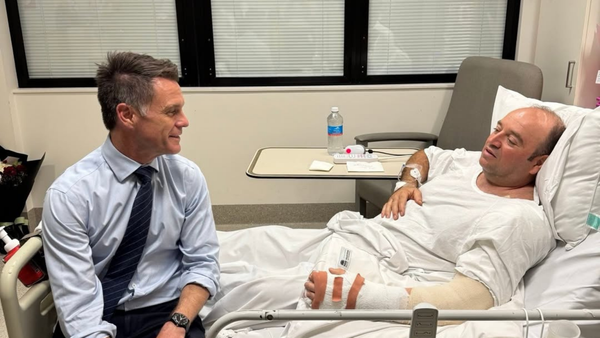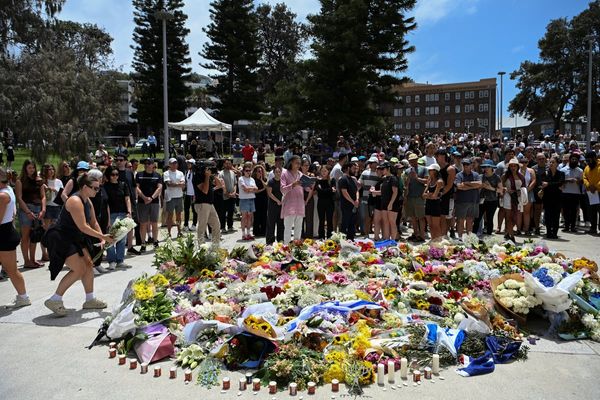
Less than 1% of the Victorian population is responsible for almost half of all offending in the state, police say, as the crime rate continues to climb.
The Crime Statistics Agency (CSA) on Thursday released data showing 638,640 criminal offences were recorded in Victoria in the 2024-25 financial year – an increase of 86,587 offences or 15.7%. When adjusted for population, the crime rate per 100,000 people was 8,998.9, marking a 13.8% rise year-on-year.
The number of criminal incidents also increased by 18.3% to 483,583. The CSA said this represented the highest recorded figures since reporting began in 2004-05.
The increase in the crime rate is marginally smaller than that recorded in the previous quarter but Victoria police’s deputy commissioner for regional operations, Bob Hill, said it was still unacceptably high.
Sign up: AU Breaking News email
He said a cohort of repeat offenders continued to be responsible for a large proportion of total crime recorded in Victoria.
“In terms of our repeat offenders, 5,400 have been charged 10 times or more in the reporting period, responsible for 40% of our crime,” Hill said.
Victoria’s estimated 2024 population was 6.9 million according to Australian Bureau of Statistics, meaning the serial repeat offenders represent 0.078% of the state.
Hill said the group included 1,128 children, who had been arrested a combined 7,118 times. But, in all, there were 147 fewer young offenders over the reporting period.
Hill announced police had set an “ambitious” target to reduce serious and violent crime by 5% each year and were working on a new plan to deter crime to be released by the chief commissioner of police, Mike Bush, in mid-October.
Bush joined the Victoria police in June after serving as New Zealand’s chief commissioner, where he was credited with creating a crime prevention model that reduced offending in the country by 20% between 2010 and 2014.
No ‘quick fix’
Theft continues to be the fastest growing and most common crime in Victoria. This was primarily driven by theft from cars, with 86,351 offences recorded – a rise of 24,409 offences, or 39.4% on the previous year.
Number plates were the most commonly stolen item, making up almost 40% of all thefts from vehicles, with 32,481 offences – an increase of 10,750 or 49.5%.
Motor vehicle theft also surged, reaching 33,018 offences – an increase of 9,786, or 42.1% – marking the highest level since 2002.
Theft from retail stores continues to rise persistently, with 41,667 offences recorded – an increase of 9,004, or 27.6%.
The fifth-highest crime was family violence, with incidents reaching a record high of 106,427 – an increase of 7,617 or 7.7%.
Hill said a “perfect storm” of circumstances led to the increase, including cost of living pressures, technological developments and organised crime.
He also pointed to Covid-19 exacerbating mental health challenges, a “sensational desire for illicit drugs” and “disconnection” from community, particularly by young people.
The police minister, Anthony Carbines, said there was no “quick fix” to improve the crime rate but but that the state’s controversial “tough” new bail laws were already having a noticeable impact on the data.
The laws came into effect on 28 March and require courts to treat children accused of serious crimes similarly to adults when determining whether to grant bail or keep them in custody. It also makes community safety the “overarching principle” when deciding bail for children and adults.
“Those who’ve lost their bail privileges [is] up 26% for young people, up 46% for adults compared to this time last year,” Carbines said.
He said the second tranche of reforms, which introduces a new “high harm” bail test for repeat offenders and a “two-strike” rule for individuals already on bail who commit further offences, have not yet come into effect.
Opposition leader Brad Battin described the latest statistics as a “complete failure” by the Allan government to tackle crime.
“Every single time we see these crime stats, we see more records, and they’re not the records that anyone wants to break,” he said.







